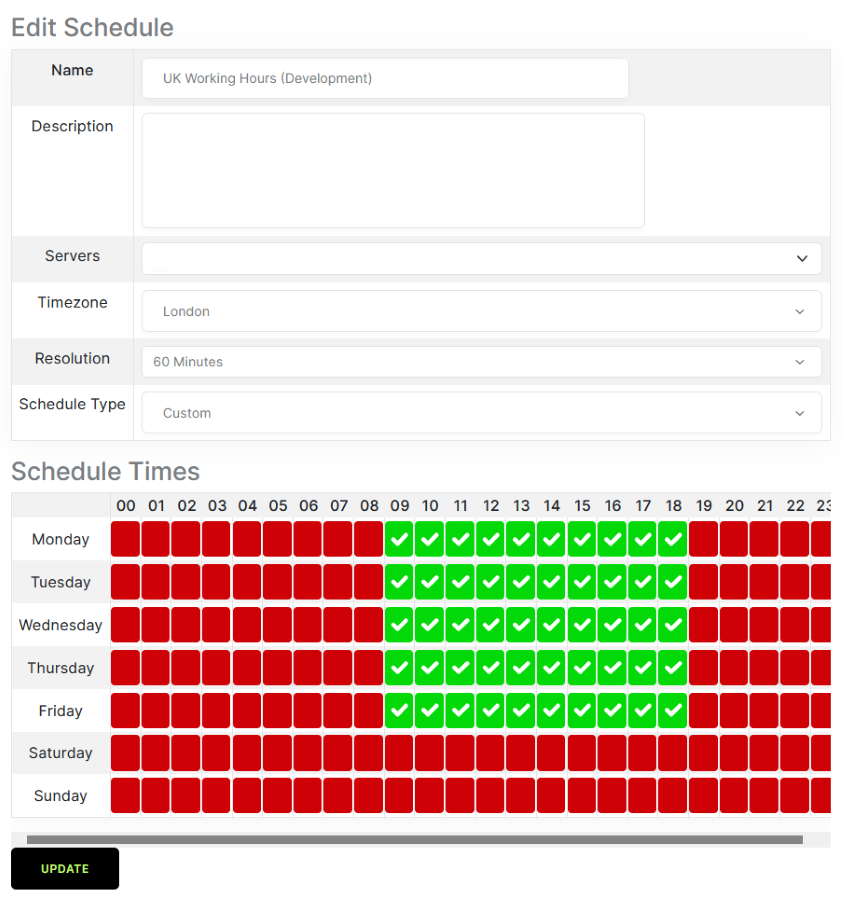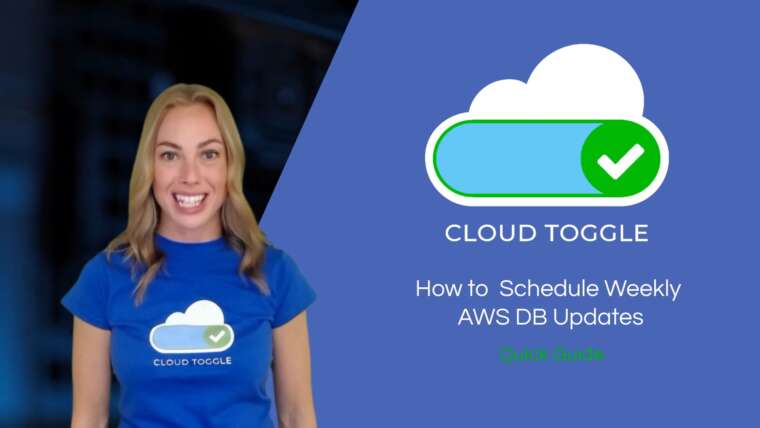For UK businesses, reducing carbon emissions is no longer just a sustainability goal – it’s a practical requirement driven by regulation, customer expectations, and shareholder scrutiny. While organisations often focus on travel policies or office energy consumption, a growing share of emissions now comes from digital operations. Cloud computing, though generally more efficient than on-premises data centres, still consumes significant energy. How companies use their cloud resources can therefore have a measurable impact on their environmental footprint.
The hidden cost of idle cloud resources
Virtual machines (VMs) are a common building block in cloud environments, yet many are left running when not needed. Each idle VM consumes power in the underlying data centre, which translates to unnecessary carbon emissions. For businesses with dozens or hundreds of VMs, the cumulative impact can be substantial – and so can the cost.
Automating schedules to align with demand
The solution lies in automation. Tools like CLOUD TOGGLE allow organisations to automatically start and stop VMs based on business requirements. For instance, development or test environments rarely need to run outside of core working hours. Shutting these VMs down overnight or on weekends not only reduces cloud bills but also directly lowers energy consumption and associated carbon emissions.

Supporting ESG commitments
UK businesses are increasingly required to report on Environmental, Social, and Governance (ESG) initiatives. Investors, regulators, and customers are scrutinising these disclosures, and being able to demonstrate reduced energy usage in the cloud is a clear, actionable measure. Cloud scheduling is low-effort but high-impact compared to larger infrastructure overhauls, making it an ideal first step in improving ESG performance.
Building a culture of efficiency
Automated VM scheduling is just one part of a broader cultural shift toward efficient cloud usage. Encouraging teams to be mindful of resource consumption, across compute, storage, and networking, strengthens sustainability credentials while fostering a mindset of responsibility and innovation.
A small change with a big impact
For many organisations, sustainability initiatives can feel overwhelming. But small, smart steps like scheduling VMs with CLOUD TOGGLE make the journey practical and achievable. By aligning cloud usage with actual demand, businesses reduce waste, lower emissions, and progress toward net-zero goals.
Estimated Carbon Savings Example
The following table shows the approximate carbon savings for scheduling a single D2s v3 VM (2 vCPU, 8 GB RAM) to be off outside of core working hours (8 hours/day, 5 days/week) over a year:
| VM Type | Hours Off/Week | Estimated Energy Saved | CO₂ Saved per Year | Equivalent |
|---|---|---|---|---|
| D2s v3 | 80 | ~220 kWh | ~110 kg CO₂ | Taking a small car off the road for ~12,000 miles |




